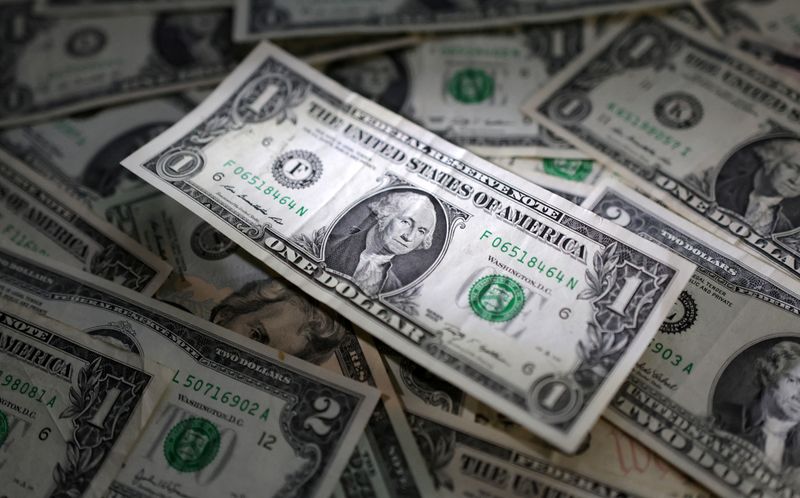By Wayne Cole
SYDNEY (Reuters) – The dollar rallied in choppy Asian trading on Tuesday after U.S. President Donald Trump suggested the United States could impose tariffs on Canada and Mexico in the near future, although details were lacking.
Trump was quoted as saying his team was considering tariffs in the range of 25%, which could be announced on February 1, but gave no further details.
The comments came as a surprise as officials had previously signaled that any new taxes would be introduced in a “moderate” manner, which would be a major relief for trade-dependent currencies. A subsequent memo simply directed authorities to investigate and address persistent trade deficits.
A tariff rate of “25% looks high to start with and markets have reacted quickly, particularly in the FX space,” said Shoki Omori, chief global desk strategist at Mizuho (NYSE:) securities in Tokyo.
“I think market participants thought Trump would start with China, for example with a 10% to 20% tariff on goods, but gradually increase it.”
The market reaction was a knee-jerk decline in the Canadian dollar and Mexican peso, helping the dollar recoup losses suffered on Monday. The dollar rose 1.2% to 1.4475 Canadian dollars, while the peso gained 1.3%.
The index recovered 0.6% to 108.65 after losing 1.2% overnight, marking its biggest daily loss since the end of 2023.
The euro fell back to $1.0364 from an early peak of $1.0434. The EU has a significant trade surplus with the United States and is considered a target of Trump’s tariffs.
The dollar was up 0.3% against the Japanese yen at 156.06, after earlier hitting a five-week low of 154.90.

The yen had strengthened last week as expectations grew that the Bank of Japan would raise interest rates at its policy meeting on Friday.
The dollar also gained 0.3% to 7.2847. Trump has threatened China with tariffs of up to 60% in the past.





